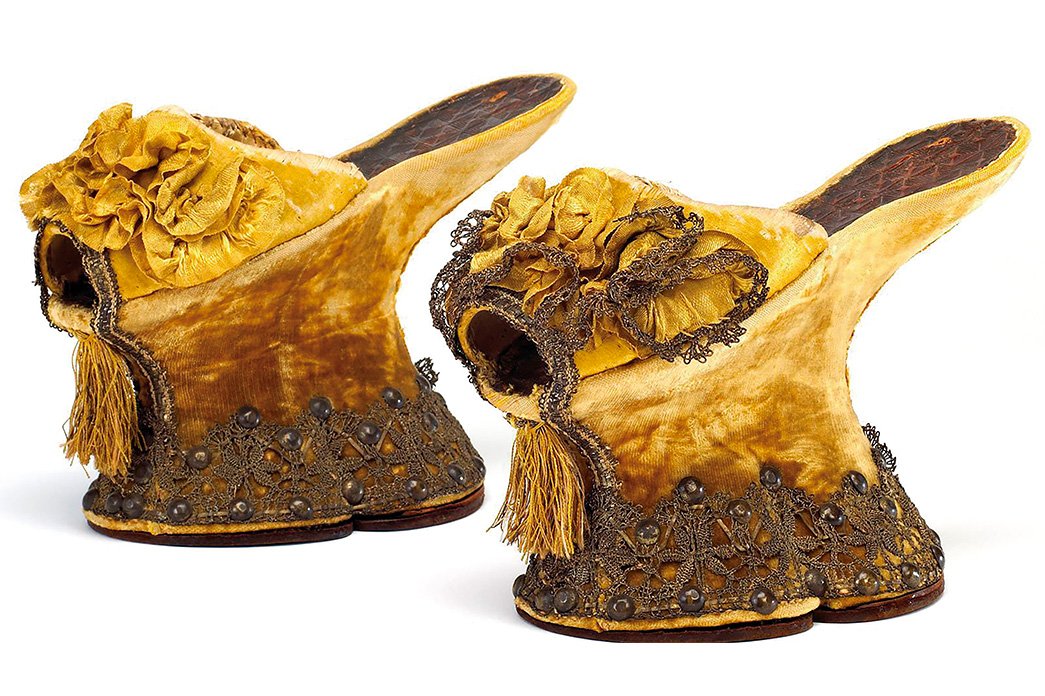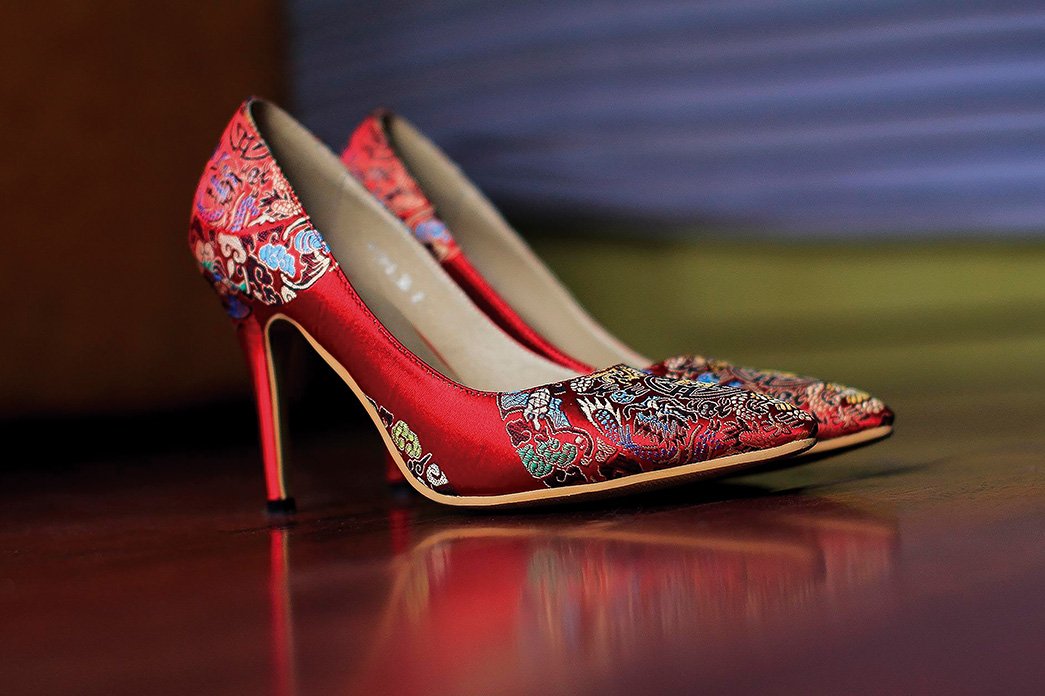Louis XIV even decreed that
only high nobility could enjoy the privilege of wearing heels
The history of high heeled
shoes certainly has no lack of mysteries. It is, for example, not known, when exactly
they appeared, although the clues we do have, lead us to ancient Egypt. All
because some images dating back to 3500 BC depict a species of shoes of
considerable height, worn by the civilisation’s wealthier classes. But this is
not the only record. Author Elizabeth Semmelhack from the Bata Shoe Museum in
Toronto, Canada, has already stated that the first high-heeled shoes were
created for Persian riders, in order to ensure a better position of their feet
in the stirrups during mounting.
The high heel thus gained
fame on the battlefield. As historian Greg Jenner also explains: «People in
West Asia were tremendous horse riders, and that’s how they fought, they rode
the saddle, and they stood up to shoot with their bows, and that meant you need
a heel to keep you in the stirrups, nice and stable.»
We’re talking about the late
16th century, when Persian culture spread across Europe, which meant
that heels were seen as a sign of virility. In the following century, this footwear
model was already quite popular among members of the more privileged classes.
European men wanted to wear high-heeled shoes to emulate the strength of the
Persians, and Queen Elizabeth I started wearing them to look more masculine.
At that time, shoes began to
be made in two parts, a flexible upper part joined with a heavier and harder
sole. The simple riding heel then gave way to thinner heels, making them more
elegant. The heel as a fashion is attributed to Catherine de’ Medici, who at 14
years of age married a powerful Duke of Orleans. Medici was noticeably shorter
than the duke. Feeling insecure, she started wearing shoes with heels, made by
an Italian craftsman, that made her taller. This model was a real success, to
the point of transforming the fashion of the French aristocracy, and has since
become one of the symbols of social privilege of that era.
In the early 1700s, the king of France, Louis XIV,
also adopted it in his regal attire and even decreed that only high nobility
could enjoy the privilege of wearing heels. The monarch exploited luxury, wigs
and high heeled shoes. According to gossip, but also from the records, you can
see that the king was no more than 160 centimetres tall and the heels gave him
a different stature. What’s more, he became famous for wearing red heels -
which would later inspire Christian Louboutin, at the end of the 20th
century.
















